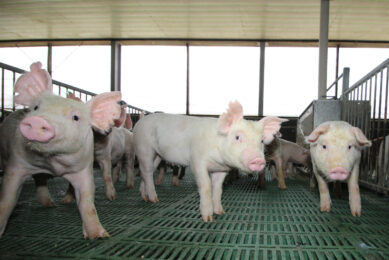Pacific trade deal: good news for US pork industry

After many years of negotiating, the United States, Canada, Japan and 9 other countries in the Asia-Pacific have concluded a free trade agreement.
The so-called Trans Pacific Partnership (TPP) has been welcomed by the United States National Pork Producers Council (NPPC). In a press release, the council expressed confidence that the partnership will provide new market opportunities for American pork products.
Nearly 40% of global GDP
The TPP, initiated in late 2008, is a regional trade deal that includes the United States, Australia, Brunei, Canada, Chile, Japan, Malaysia, Mexico, New Zealand, Peru, Singapore and Vietnam, which account for nearly 40% of global GDP.
“NPPC played an active role throughout the 5-plus years of negotiations,” said association president Dr Ron Prestage, “providing US negotiators with key information on barriers we face in the 11 other TPP countries and offering guidance on outcomes that would ensure substantial new market access benefits for US pork in those markets.”
More on this topic:
‘US TPP talks to generate 10,000 pork export jobs’
US: NPPC to ‘key vote’ TPA rule
Most commercial trade opportunity
Iowa State University economist Dermot Hayes, who said a final TPP agreement could be ‘the most important commercial opportunity ever for US pork producers’, estimated that a good outcome for pork in the trade pact could increase US pork exports over time exponentially and help create more than 10,000 US jobs tied to those exports. Last year, the US pork industry shipped about $4.5 billion of products to the 11 TPP nations.
The TPP has the potential to provide even greater trade benefits if and when it is opened to additional countries, such as the Philippines, South Korea, Taiwan and Thailand, all of which have expressed interest in joining the Pacific Rim trade bloc.











